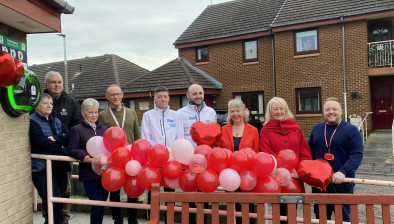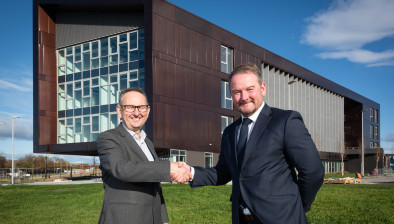BRE Innovation Park to host resilience update event

BRE Innovation Park in Ravenscraig will host a morning workshop next month to examine how the much anticipated Property Resilience Action Plan will impact on property flood resilience in Scotland.
The Property Resilience Action Plan Report was launched in October 2016 and Dr Peter Bonfield, CEO of BRE, was asked to chair a Business Roundtable.
Dr Bonfield will open proceedings and the event on February 16 will provide an insight into how the report and ongoing tasks will impact on Scotland, and how other initiatives in Property Level Resilience can be integrated.
On the day, a panel of experts from within the field of resilience will address the invited audience. Debi Garft, who oversees flood risk management and coastal erosion at the Scottish Government will discuss flooding and property resilience in Scotland: Joey Tabone, from Business in the Community, will offer insight into actions to assist flood victims while Ian Gibb from Sergon will highlight how best to embed resilience planning into small businesses.
Also addressing delegates will be director of the BRE Centre for Resilience, Dr Stephen Garvin, who said: “Last winter, an estimated 1,000 homes and businesses in Scotland were directly impacted by floodwater, with much of the repair and recovery process still ongoing. Despite this, and rather surprisingly, Scottish householders and business owners within high flood risk areas are still relatively slow in taking proactive measures to counter the issue, so we believe events like this are vital moving forward.”
Dr Garvin added: “As winter once again grips the country, Property Level Resilience (PLR) aims to make people and their property less vulnerable to the physical and mental impacts of flooding.
“Actions that can be taken include installing flood doors; flood barriers; air brick covers; pointing or water proofing brickwork, install non-return valves and moving vulnerable features such as sockets above floor level. Properties need a package of measures, some of which prevent water entering a house and others that minimise the impact should water enter the house, speeding up the recovery process.”























